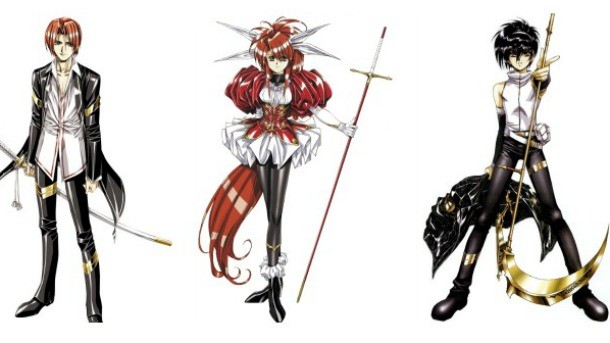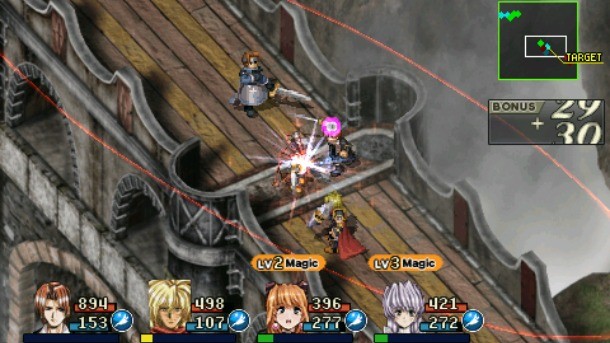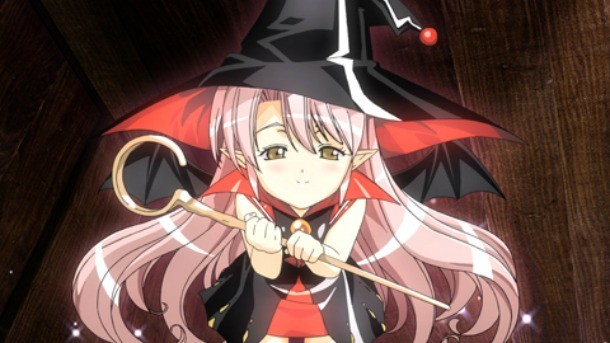What Is Growlanser?

The Growlanser series might be one of the best-kept strategy/RPG secrets. The franchise has six installments, with four of the six available in North America. Most recently, Atlus released Growlanser: Wayfarer in Time on July 31st, the fourth iteration in the series. Playing Wayfarer of Time reminded me how unique this under-the-radar series is, but I can’t get away from how many people haven’t even heard of Growlanser. To remedy that, I thought breaking down its intricacies might bring awareness to a brand-new audience.
A New Type Of Strategy With Movement
Growlanser separates itself from many other strategy/RPGs by eschewing the infamous chessboard-like grid that we’ve seen in games like Disgaea and Fire Emblem. Characters mostly have free-range movement across the playing field; once you pick to target an enemy, they travel toward it automatically, attacking it when in range. Magic spells and ranged attacks are performed from a distance, with the former having a pause before execution. Another difference in Growlanser is that everything usually plays out in real time. However, you can adjust your battle tactics as the situation changes on the fly.

Against All Odds Battles
The series is known for its brutally difficult battles, where it pits you against double or triple the amount of characters you have in your party. The environment is just as big of an obstacle as the horde of enemies because they can hide within it. A lot of Growlanser’s charm comes with learning from your mistakes; one wrong move can cost you your life, so often the hook is playing missions over to find the best route for success and beat the odds. Growlanser is also known for setting up its missions to go beyond the basic “kill all enemies” objective. Sometimes you protect bystanders or items, while other times you destroy military bases.
Story Choice And Dating Options
Eclectic characters with plots usually revolving around war, politics, mysticism, and technology are series standbys. As with many RPGs, an ancient force is usually at the root of the conflict. Most of the entries feature a silent protagonist – Growlanser II is the only game that doesn’t. The silent protagonist angle works well, considering choice plays a defining role in Growlanser. Unlike games that have right or wrong options, Growlanser makes things more difficult. Choices are never black and white, making it hard to predict which characters end up happy or angry with your decisions. Sometimes even having a choice for a certain situation depends on your earlier actions. You never know what will be connected. In fact, some party members can’t even be recruited without completing certain objectives.
Multiple endings are also a huge lure, considering the variety of choices and their consequences.This is where relationship-building takes front and center, as it also ties into your choices and endings. Your decisions impact the level of your character relationships, for better or worse. Dating simulation elements are also part of the fun, letting you focus on a character to romance. Romancing a character grants a special extra scene involving how they fared after the ending events.

The Growlanser Legacy
Some interesting tidbits about the series are that the distinctive artwork is always done by Satoshi Urushihara, who also does anime and manga work (Plastic Little, Legend of Lemnear). Additionally, Growlanser is actually a spiritual successor to Langrisser, a five-entry series that debuted in the early ‘90s. Unfortunately, the only title in the franchise to make it to the US was the first: Warsong for Sega Genesis. Also interesting is that many who worked on Devil Survivor worked on Wayfarer of Time, like the director, Shinjiro Takada and lead writers Fuma Yato and Yo Hazuki. The only installments not released from the series in North America are the first Growlanser and the last title, Precarious World. Growslanser Generations caused some confusion: Working Designs’ title for their PS2 collection of Growlanser II and III is the Japanese name for Growlanser V. In the US, Growlanser V was eventually released as Heritage of War.
The Growlanser series is for those who want something different from their tactical RPGs, whether it’s in the gameplay or with its impactful choices. Part of the game is about a deep challenge, so it’s not for the faint of heart. But at least now, when you hear people talking about some niche SRPG that starts with the word “growl,” you don’t have to drive yourself crazy figuring out what it is. And, maybe, the series is actually what you need right now; if so, the recent PSP release, Wayfarer of Time is available in stores and on PSN (Yes, it’s playable on the Vita).

Get the Game Informer Print Edition!
Explore your favorite games in premium print format, delivered to your door.
- 10 issues per year
- Only $4.80 per issue
- Full digital magazine archive access
- Since 1991









